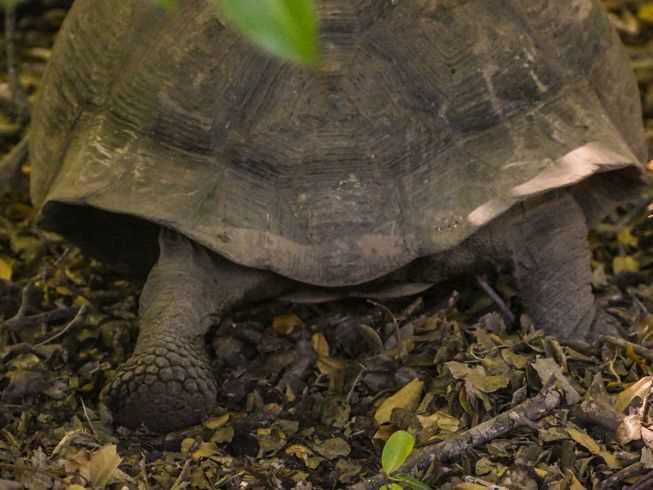Sometime before 1954, this little corner of the Galapagos Archipelago, Urbina Bay, experienced a major uplift. Along a 5-kilometer coastline, 1.5 Km2 was pushed up and out of the sea. Yet, the movement was so smooth, so fast, that marine life was caught unable to escape. Today the corals, the white sandy bottom of the ocean, have been covered in vegetation. Sixty-four years of sporadic rainfall has flushed away the salts, and salt-tolerant vegetation has turned the area into a flourishing terrestrial habitat for land iguanas, Darwin finches, Galapagos mockingbirds, and the occasional giant tortoise that descends from the highlands of Alcedo Volcano.
Tagus Cove, the favored anchorage for vessels ever since it was first discovered around 500 years ago, is the ideal place to explore the western coastline of Galapagos. There’s always the chance of seeing flightless cormorants – and even our tiny little Galapagos penguins – along the shore. We snorkeled & paddled all afternoon - as well as fitting in a hike up along the edge of the tuff cone where a look down into Darwin Lake was possible (not much life in there – too saline, although sometimes white-cheeked pintail ducks manage to survive).







